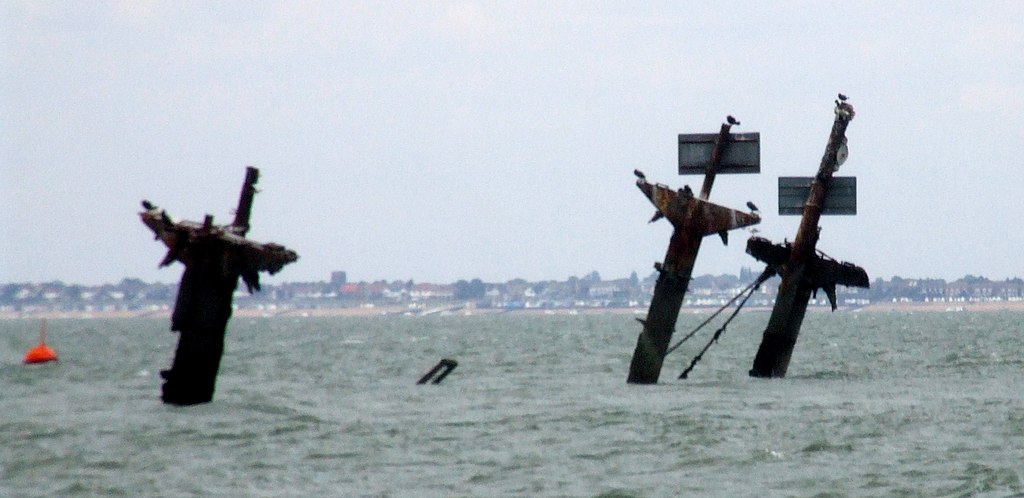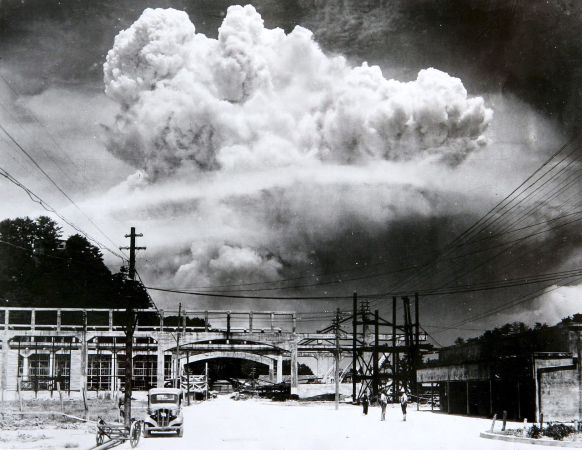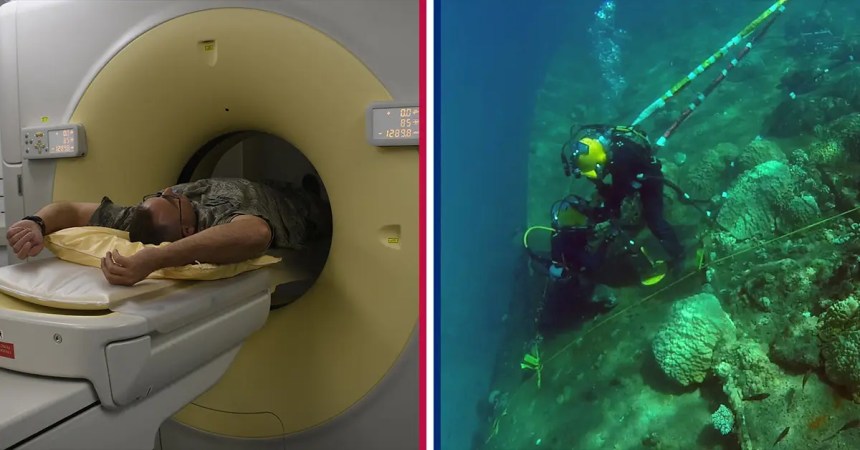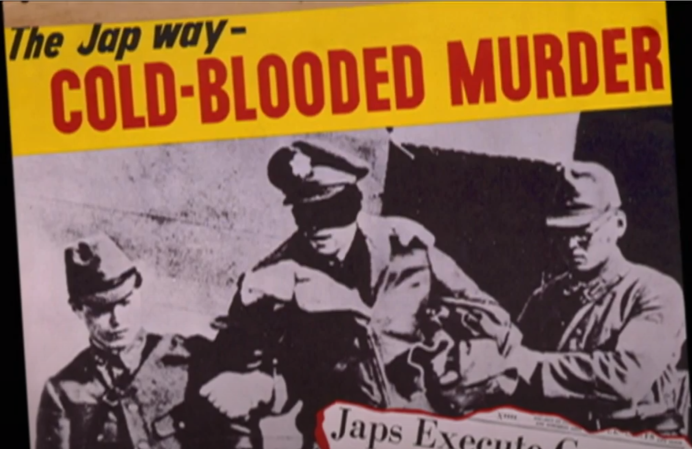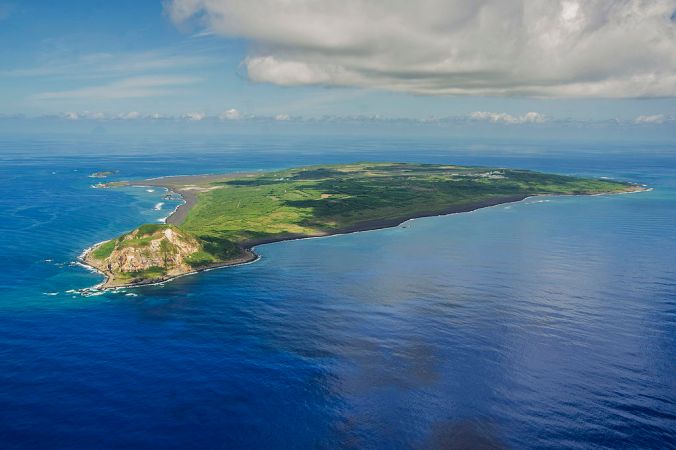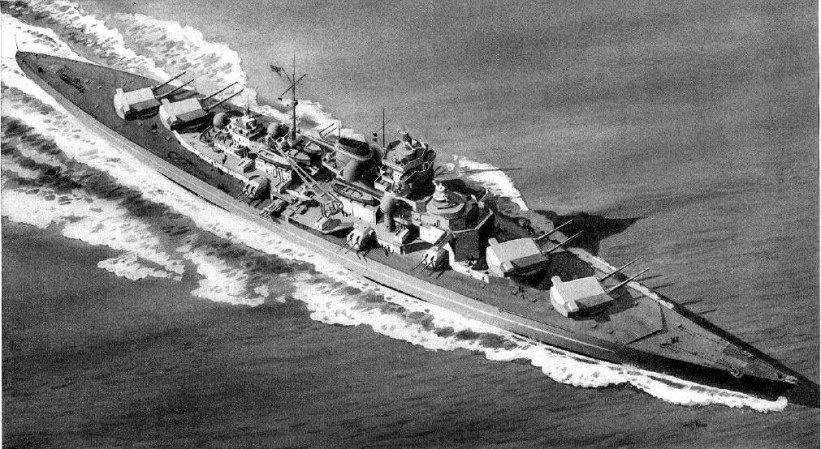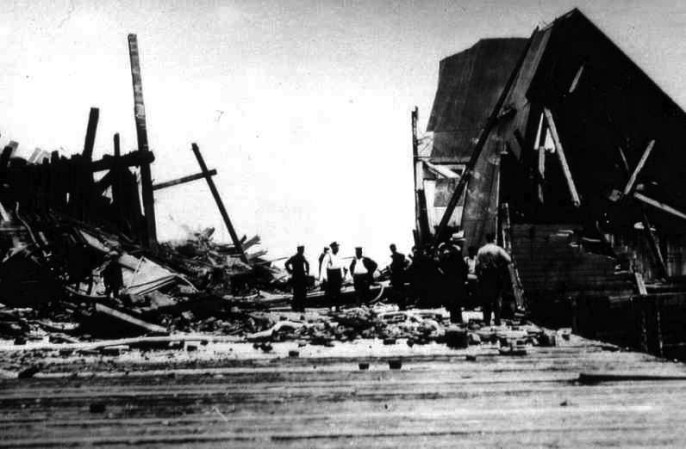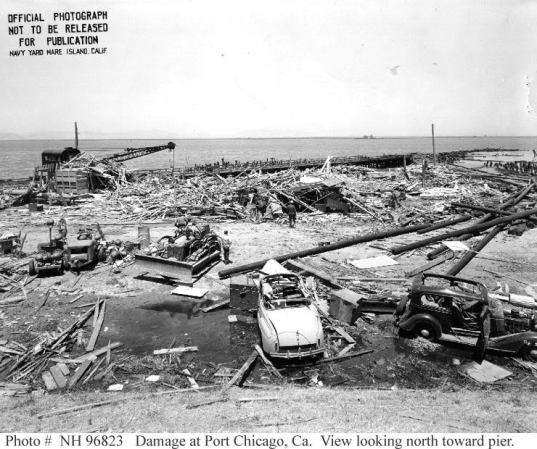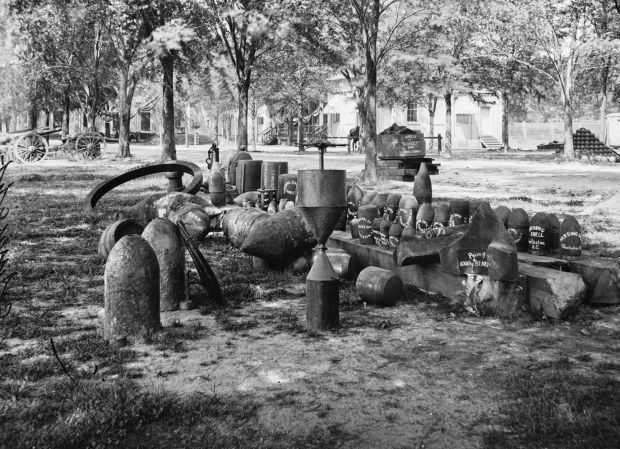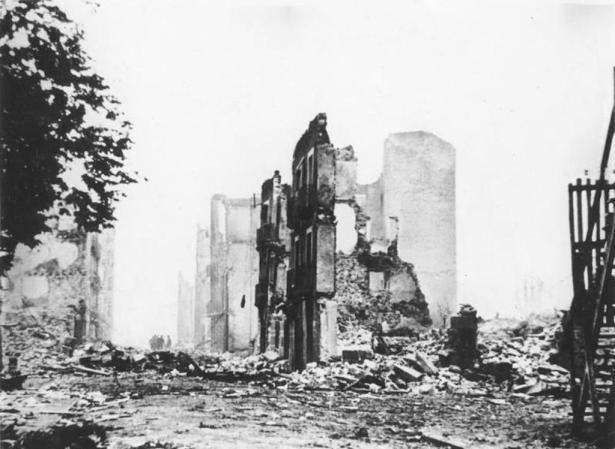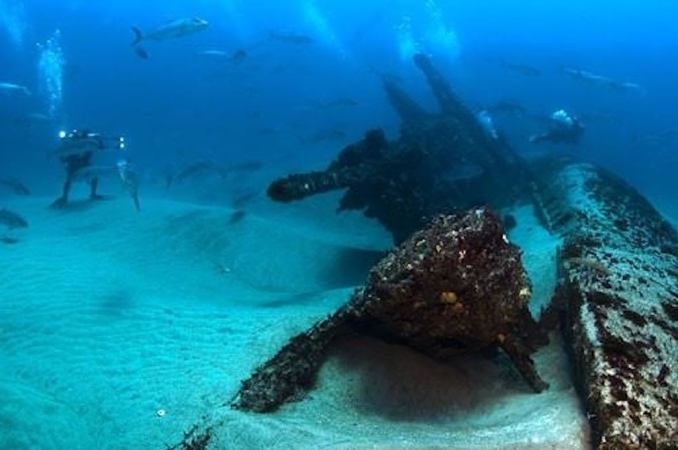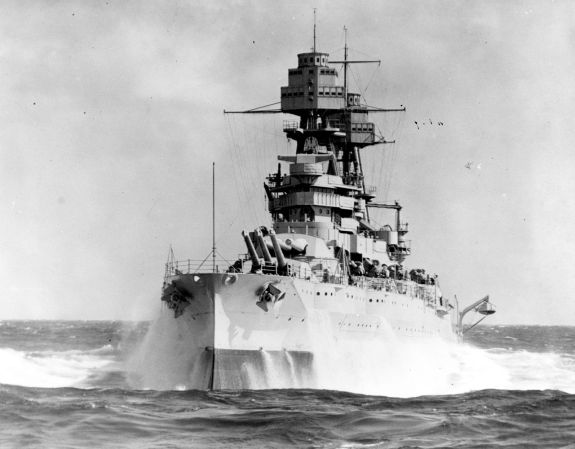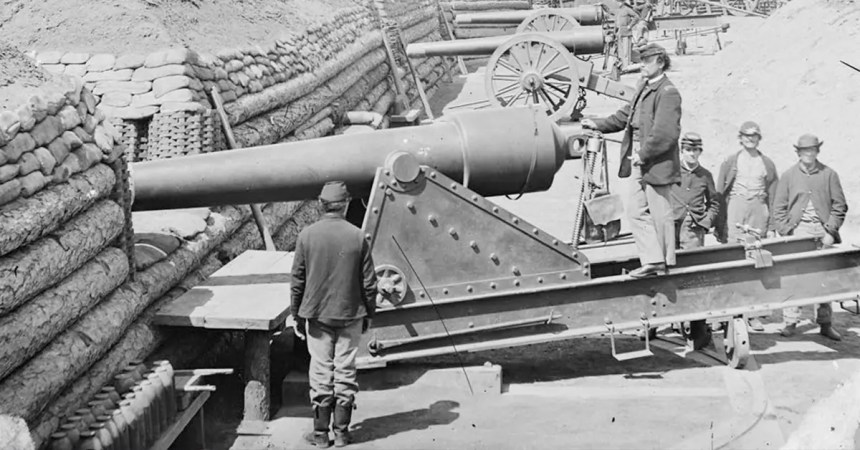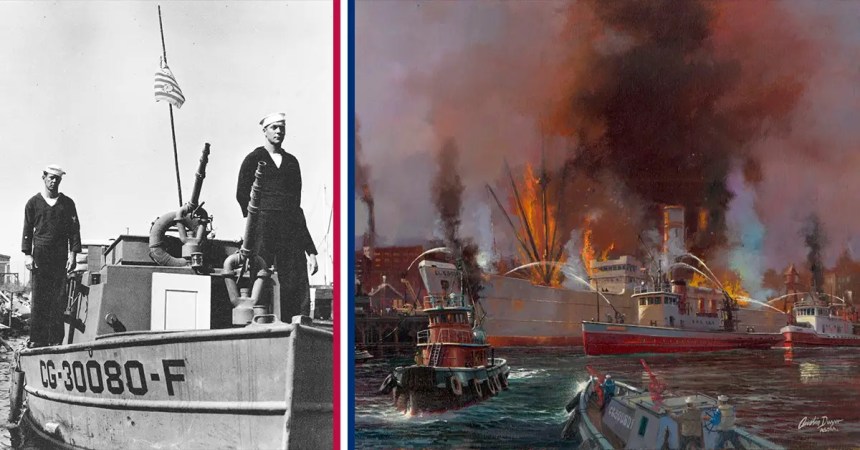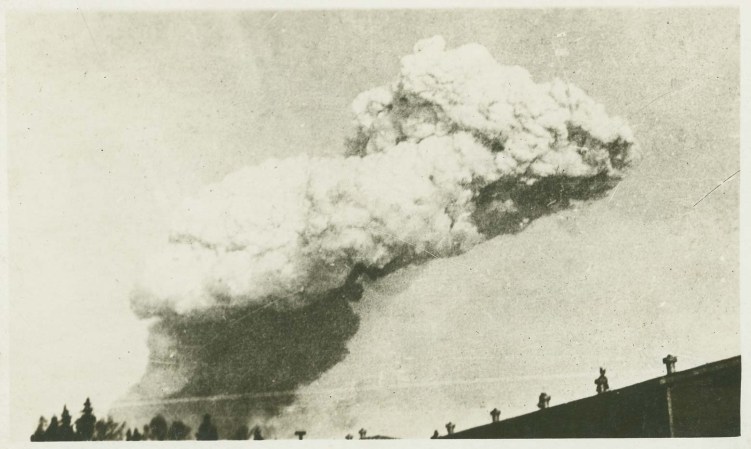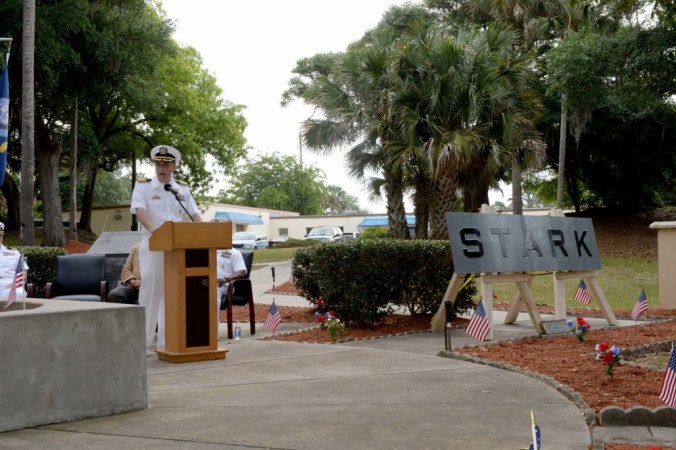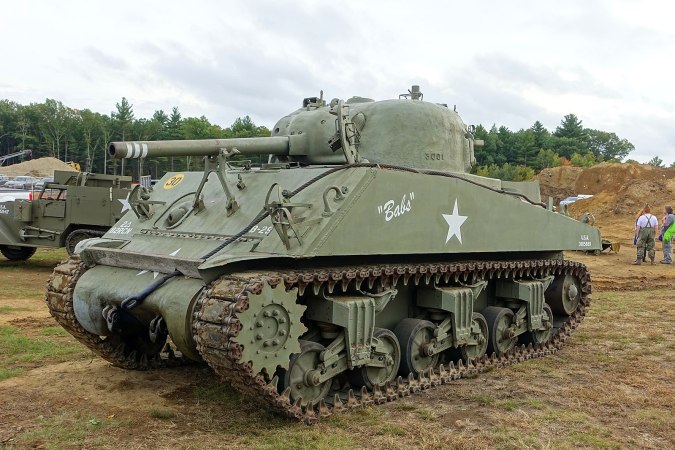The SS Richard Montgomery was an American Liberty Ship that wrecked on the Nore sandbank in the Thames Estuary, near Sheerness, Kent, England, in August 1944. After running aground on the sandbar, the ship’s hull split at the waterline on the port (left) side, and then fractured across the width of the ship over to the starboard (right) side, under the waterline. The ship was heavily laden with 1,500 tons of explosives, in the form of:
286 × 2,000 lb. (910 kg) high explosive bombs
4,439 × 1,000 lb. (450 kg) bombs of various types
1,925 × 500 lb. (230 kg) bombs
2,815 fragmentation bombs and bomb clusters
In addition, there were various explosive booster charges, smoke bombs, white phosphorus bombs and pyrotechnic signals (flares).
The ship was never salvaged and still lies in the middle of one of the busiest ship channels in the world, in approximately 45 feet (15 meters) of water. It is 40 miles from the center of London. The tops of its three masts are visible above the water. The shipwreck site is extensively marked, for both day and night. It is monitored by port authorities 24 hours per day via video and is prominently marked on nautical charts as a danger area and hazard to navigation with a 1,600-foot (500 meters) exclusion zone around the wreck. Conversely, there are actually regularly scheduled tourist boat tours to visit the wreck site.

Over the years, the number of opinions vary widely on the potential damage that could be caused if the ship’s cargo were to explode. In the worst-case scenario, a full detonation would result in a 1,000 feet (300 meter)-wide column of water and debris sent nearly 10,000 feet (3,000 m) into the air. The blast radius would be between 10-25 miles. A wave 16 feet (5 m) high would be generated and areas along the shore would be inundated. A worst-case detonation has been described as rivaling some of the largest non-nuclear blasts in history.
Almost every window in the nearby coastal town of Sheerness on the Isle of Sheppey, with a population of 20,000 people would be broken and buildings would be damaged by the blast, resulting in numerous casualties and undoubtedly at least several deaths. Due to flying glass, an inordinate amount of eye injuries would be anticipated. There are several other communities on either side of the Thames Estuary that could be impacted as well.
In 1967, a similar sunken munitions ship in the English Channel exploded while work was being done to remove munitions. The explosion generated a force equivalent to a 4.5 earthquake on the Richter scale and left a 20-foot-deep (6 m) crater in the seabed.
Several reports and studies state that the ship will eventually explode and “doing nothing” is not an option. At the same time, any attempts to make the wreck safe would require the evacuation of thousands of people from the coasts of the English counties of Essex and Kent, for up to several months. World War Two munitions are still occasionally discovered in European cities, and current protocols call for the complete evacuation of a 10-mile radius for safety if a single 500 lb. (230kg) is uncovered.

A loose comparison of possible effects can be made to the explosion of the French munitions ship the SS Mont Blanc in the harbor town of Halifax, Canada in December 1917, during World War I. Due to the Imperial German submarine threat, Halifax had become the primary gathering point for ships to assemble into convoys and be escorted across the Atlantic by British and American warships. When the Mont Blanc collided with another ship in the busy harbor, the explosion completely obliterated everything in a ½ mile (800 M) radius. An estimated 1,800 people were killed and over 9,000 injured, much of the death and destruction caused by the resulting tsunami.
Halifax suffered another munitions-related explosion in 1945, at the end of World War II when an onshore munitions storage area exploded.
Since both Halifax explosions originated on the surface, it is anticipated that any detonation of the SS Richard Montgomery will yield somewhat less damage by shockwave, but similar damage from the tidal wave created in the confines of the estuary.


